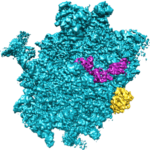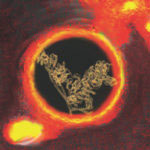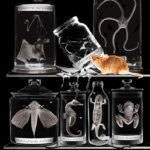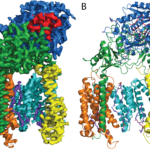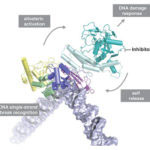
DNA damage represents a constant threat to the integrity of genomic information in cells and is closely linked to the origins of cancer. DNA single-strand breaks (SSBs) are the most frequent type of damage with thousands of such lesions from different sources occurring in each cell every day.
